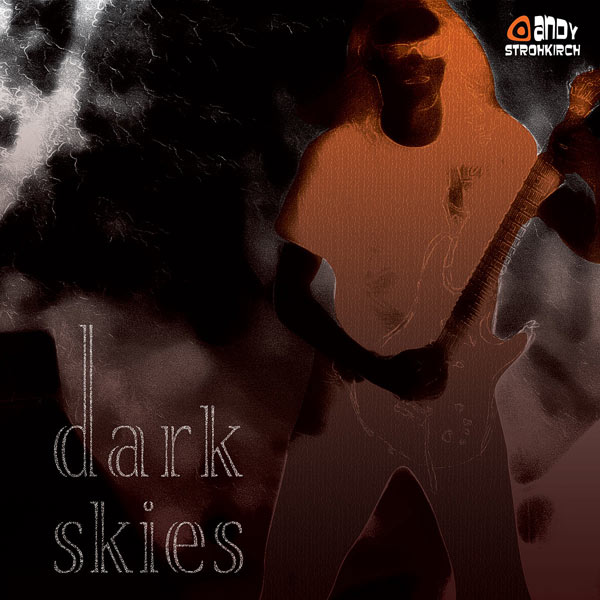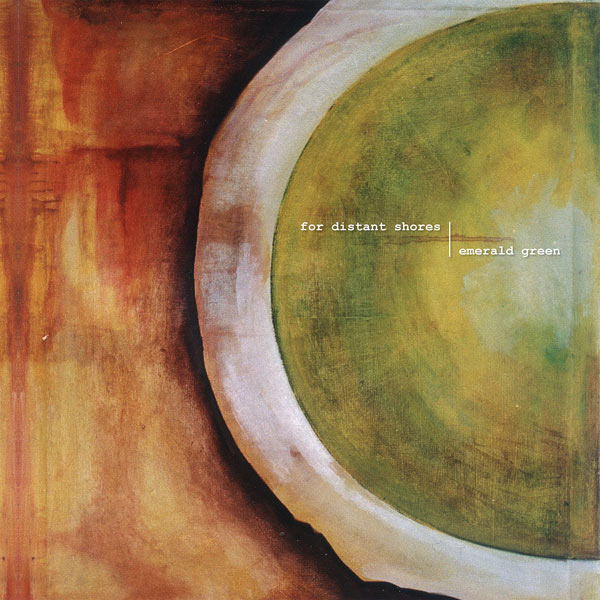Dynamic Range
The dynamic range of an audio material is generally defined by the difference between the silent and the loud parts within that material. Some tools compare the perceived loudness in favor of the amplitude to better match this measure to our human heritage.
Though you as an artist are responsible for creating the dynamic footprint of your music, it can be noted that specific playback situations or technical specifications can limit the reproduction or delivery of such dynamics. The DR (dynamic range) value expresses an expectation of a senseful range for the target medium.
As an example the possible enjoyable dynamics of music in a club venue may be limited by the base level of sounds that originate from e.g. human conversation of its visitors. Mastering for the club could take this into account and take care that parts of the music do not fall below that noise level to ensure that the music listening experience does not fall apart in silent passages.







